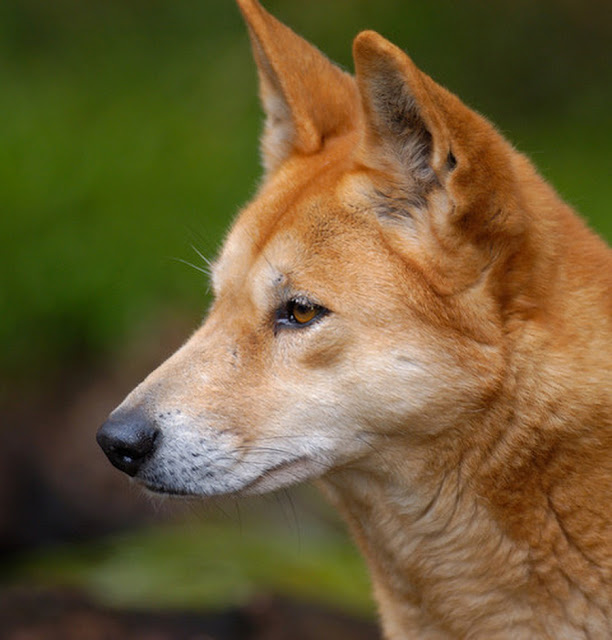At https://archaeologynewsnetwork.blogspot.com/2020/02/oral-traditions-and-… … Aborigines and traditions. It seems some of these traditions allude to volcanic eruptions and meteors – and some of them may date back thousands of years. In SE Australia there are 400 basaltic intrusions as a result of eruptions – probably dating within the last 100,000 years, it is suggested. Aborigines have been in Australia a long time – possibly over 50,000 years. Their Denisovan ancestors even longer. A new study published in Geology says OSL dating (and allegedly, C14 methodology) has come up with a date of 36,800 years ago for the Tower Hill volcanic complex which houses a stone axe within the sequence of ash deposits. This basaltic complex is located in western Victoria.
Staying in Australia, at https://archaeologynewsnetwork.blogspot.com/2020/02/they-were-once-domes… … which concerns the ubiquitous dingo. They are descended from domesticated dogs, it would seem, but are now thoroughly feral …
 … dingoes began their journey around 8300 years ago, we are told, when they split off from their ancestors, Indonesian village dogs. They originated in SE Asia about ten thousand years ago (or were in SE Asia at the beginning of the Holocene, to be more exact). How did they reach Australia? Interestingly, 8200 years ago, roughly 6200BC, was when Sunda Land was flooded – leaving b ehind the islands that now make up Indonesia west of the Wallace Line. Prior to that time Sunda Land was part and parcel of SE Asia. Hence, we have a sudden and dramatic event underpinning the arrival of dingoes in Australia. Having said that there still remains a mystery – or a potential mystery. The dingo still had to cross from what had been Sunda Land to Australia – and its too far for dogs to swim. They had to arrive with humans – in boats.
… dingoes began their journey around 8300 years ago, we are told, when they split off from their ancestors, Indonesian village dogs. They originated in SE Asia about ten thousand years ago (or were in SE Asia at the beginning of the Holocene, to be more exact). How did they reach Australia? Interestingly, 8200 years ago, roughly 6200BC, was when Sunda Land was flooded – leaving b ehind the islands that now make up Indonesia west of the Wallace Line. Prior to that time Sunda Land was part and parcel of SE Asia. Hence, we have a sudden and dramatic event underpinning the arrival of dingoes in Australia. Having said that there still remains a mystery – or a potential mystery. The dingo still had to cross from what had been Sunda Land to Australia – and its too far for dogs to swim. They had to arrive with humans – in boats.
